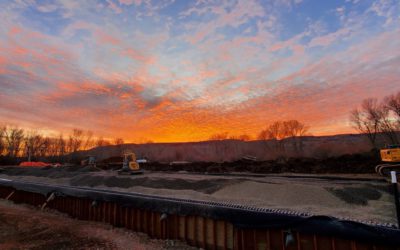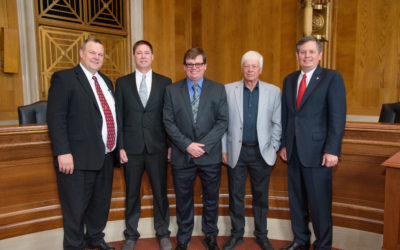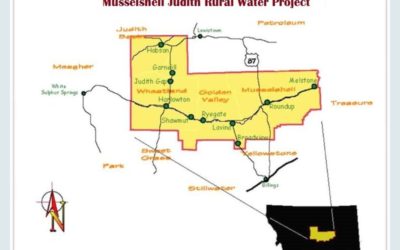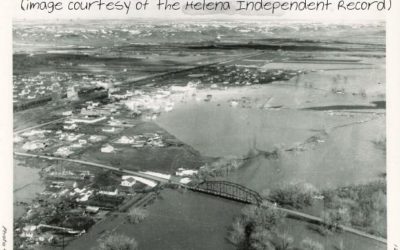What is a Water Model?
A hydraulic water model is a computer simulation of a water system. The water model is a powerful tool that can help to analyze an existing system as well as help to narrow down alternatives for future improvements and/or evaluate proposed developments or improvements. Through the help of specialized software, such as WaterCAD, a community’s water distribution system is modeled as a “network” and allows for nearly as many details you want to input into the system, including pipe material, pipe size, length of pipe, etc.
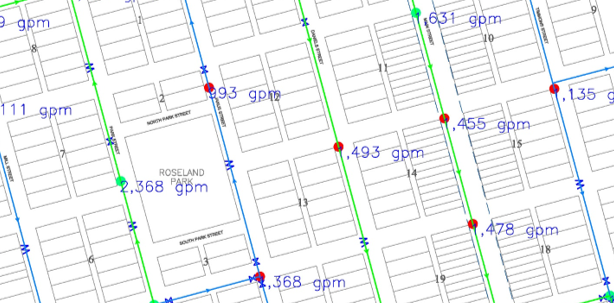
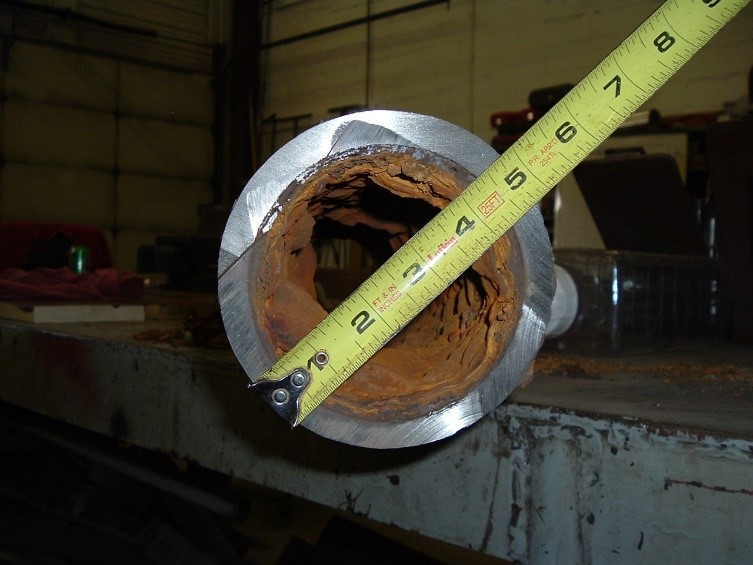
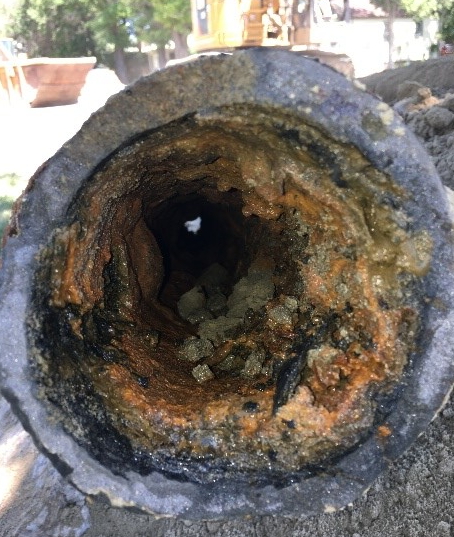
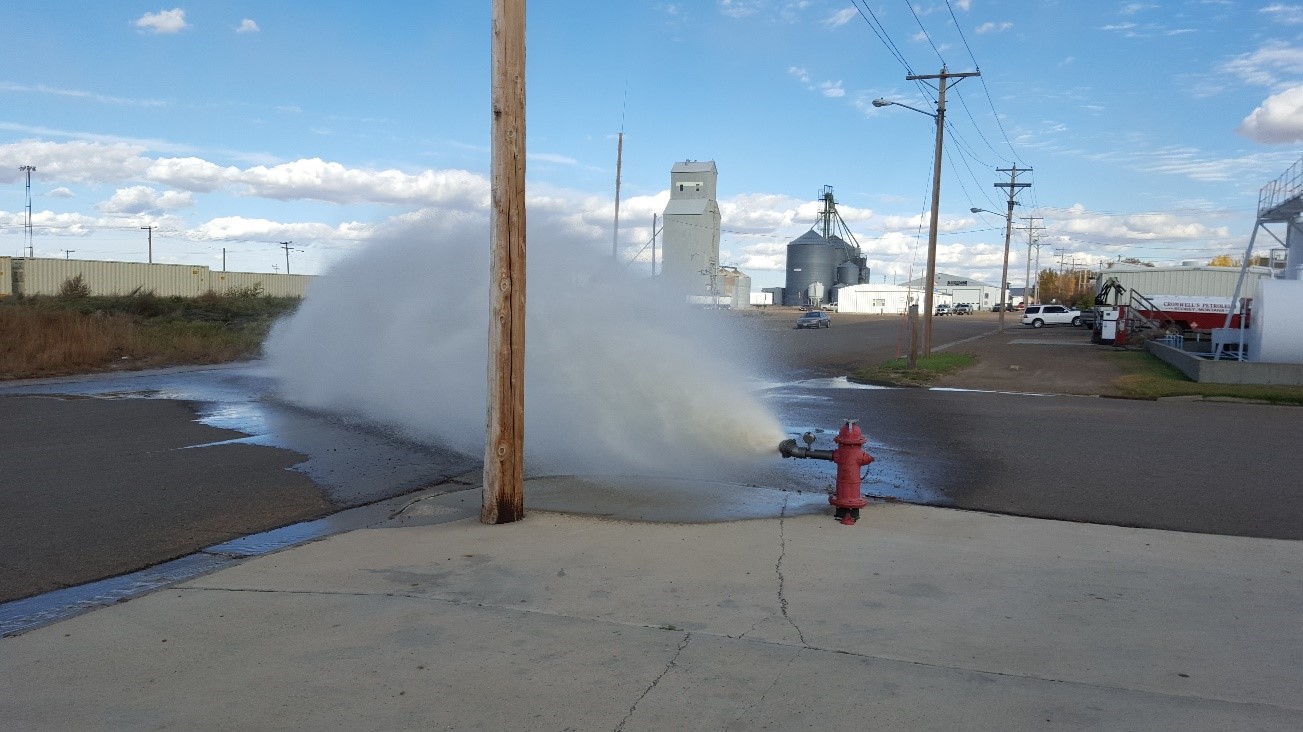

Water Model Usage: Analyze Condition of Existing System
The model can provide a big picture look at how a system should be functioning (i.e. how much water is available at fire hydrants, what system pressure, how to tank levels affect the system, etc.). Too often, however, a model is left at the theoretical level when it is actually much more important to get real results. One of the best ways to determine the accuracy of a water model is to calibrate it with hydrant testing. An ideal hydrant test would involve flowing one hydrant at a time while recording the available flow as well as the pressure not only of the flowing hydrant but also of several other hydrants throughout the system. A handful of hydrants should be tested throughout the community. These results are then compared to the original water model to determine how well the theoretical matches with the real results. There can be numerous reasons for differences. A common issue is excessively aged and/or scaled pipe, which can create additional headlosses in the system. Or, sometimes, the results may indicate a physical problem in the distribution system itself such as a closed or stuck valve. Regardless, the hydrant testing is important to calibrate the water model, which ensures that when looking at future analyses, the results are most accurate for the system.
Water Model Usage: Determine Available Fire Flows
One of the most common uses for water modeling at Great West is to help communities determine available fire flows for their water system. This is an important consideration for all communities but may be most significant for small systems as fire flow demands are typically much larger than their projected customer demands and as a result drive the overall size of the system. Water modeling can not only identify fire flow deficiencies for a system but can also be used to evaluate alternatives to improve fire flow as part of future fire flow improvements. The model can help determine which pipes need to be upsized and to what size. The model can also be used to help prioritize improvements by determining which improvements will have the most significant hydraulic benefits to the system.
Water Model Usage: Analyze System Pressures
A hydraulic water model helps to evaluate system pressures. Determining where pressures may be deficient and under what conditions (i.e. with a particularly pump running or not running, or when tank levels drop, etc.). The model can determine where pressure zones may need to be added or modified. Similarly, it can help to determine what elevations of new tanks should be.
Water Model Usage: Determine System Adequacy for New Development
Another common benefit to water modeling is to evaluate impacts on the system from proposed developments and/or connections to the system. Can an existing system handle a new connection at the proposed location? If not, what improvements can be done to the existing system to make the new connection acceptable? All of these questions can be answered with an accurate water model.
Water Model Usage: Prioritize Improvements and Save Money
In addition to looking at the existing system, the water model has a function which allows the user to add alternatives right into the system. The model of the existing system remains in tact while the user can make changes to the system in separate “scenarios” to simulate what the results of various improvements may be (i.e. upsizing a pipeline, looping the distribution system, adding a pressure zone, etc.). With input from the client as to what the desired end results are, the model can help to identify the most economical improvements that will provide the best end result for any particular system.
Water Model Usage: Is it Time for an Updated Water Model of Your System?
How well do you understand your distribution system? Do you have a long term plan to improve your system? Can a hydraulic water model help you develop a more cost effective replacement plan?
A little extra time and money invested in a properly developed water model can be the difference in completing cost effective, phased improvements that are improving the overall system versus wasting large sums of money doing improvements that are not going to help meet the desired end results.
Article by Crystal Bennett, PE

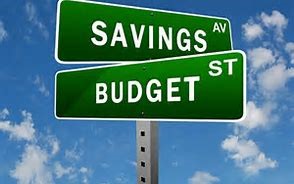
Have Questions?
LATEST NEWS
Summer Interns 2023
With school out and summer in full swing, we are excited to share our knowledge and experience with future leaders in the engineering industry. One of the most rewarding core values we take to heart is empowered employees which extends to our internship program. For...
City of Council Wastewater System Upgrades
The City of Council is a community located about 120 miles north of Boise, Idaho. Home to approximately 1,000 residents, the area is known for its natural beauty and small-town feel. The City manages a wastewater collection and treatment system originally...
Carrie Gardner Wins MSAWWA Fuller Award!
The Montana Section of American Water Works Association (MSAWWA) has named Carrie Gardner the recipient of the esteemed George Warren Fuller Award in 2023. George Warren Fuller was a prominent civil engineer who contributed greatly to public health and sanitation...
Company News
Updates and News From Great WestHow to Fund Infrastructure Planning in Idaho
The Importance of Infrastructure Planning and How to Fund it in Idaho We all have inspiring visions for our communities. We want clean water, quality schools, reliable infrastructure, safe streets, a thriving economy, and parks for our kids to play in. Comprehensive...
Senate Bill 685
Representatives from the Musselshell Judith Rural Water Project recently met with Montana’s congressional delegations in Washington DC to discuss federal authorization of the project. Senate Bill 685 authorizing the project is currently being considered by the Senate...
Musselshell-Judith Rural Water Project Update
The CMRWA is a coalition of eight incorporated communities and rural areas in central Montana with a long legacy of poor water quality and limited quantity. Great West has been working with the CMRWA board on the Musselshell Judith Rural Water System for over twelve...
When Spring Showers Bring Floods Instead of Flowers
Although we are relieved to see the weather is warming, warmer temperatures can bring crazy weather and related flooding events. The National Oceanic and Atmospheric Administration's (NOAA) Spring Flood Risk prediction is generally low for Montana, but IT IS ALWAYS...
MSAWWA-MWEA Conference Presentations
Headed to Great Falls this week for the MSAWWA-MWEA Conference? Make sure to check out the Great West presentations, info below: Wednesday the 19th Sun Prairie WTP – Treatment of Brackish Water Using Reverse Osmosis Presented by Todd Kuxhaus Canadian Room: 3:45 –...
Musselshell-Judith Rural Water System (CMRWA)
Check out the latest press release on the Musselshell-Judith Rural Water System (CMRWA) project! FOR IMMEDIATE RELEASE March 21, 2017 Contact: Katie Waldman (Daines) 202.224.2651 | Luke Jackson (Tester) 406.728.5033 Daines, Tester Introduce Bill to Improve...
Montana Rural Water Presentations
Missed the Rural Water Conference or would like to view a presentation?
MT Rural Water Presentations
Interested in learning more about what we have been up to lately? Great West team members will be presenting this week at the 38th Annual Montana Rural Water Conference, detailed info below. Storage & Irrigation Wastewater Rehabilitation Wednesday, February 22nd...
Project Spotlight – City of Glendive’s New Water Resource Recovery Facility
The City of Glendive operated 75 acres of an aging facultative lagoon treatment system that discharged into a small creek, that at certain times of year had no running water (Glendive Creek). With the old lagoons, the City experienced BOD5 and TSS permit violations. ...
Montana Infrastructure Focus
2017 Legislative Session Funding of Montana’s critical infrastructure took center stage during the 2015 Legislative Session and is positioned to be a key issue throughout the 2017 Session. For the first time in many years, the Montana legislature is confronted with...


